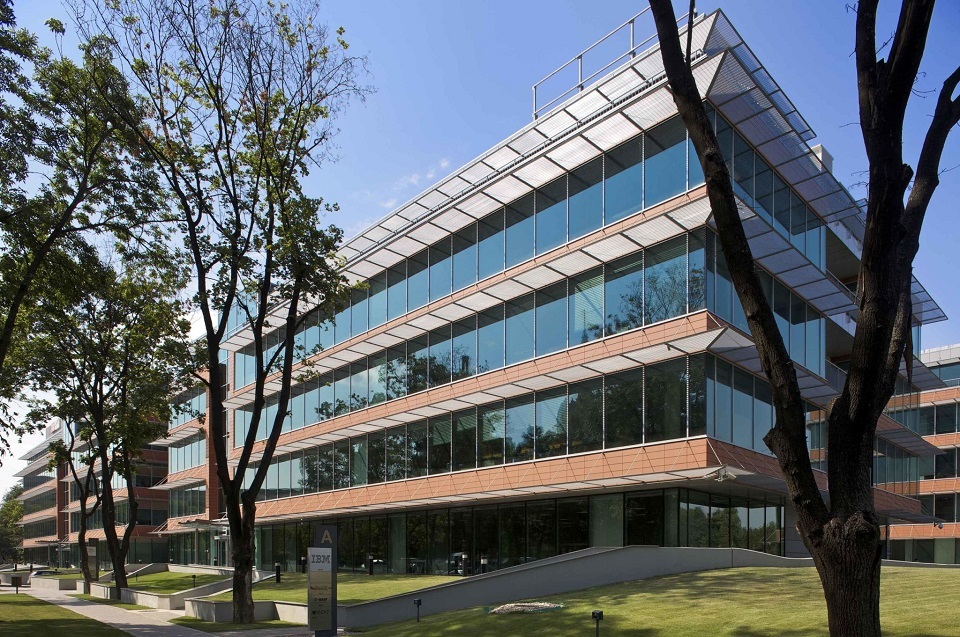Crosspoint Real Estate: The current stock of modern office buildings in the Capital has reached over 3.3 million sqm

The current stock of modern office buildings in the Capital has reached over 3.3 million sqm, with seven buildings, totaling over 120,000 sqm delivered in the first nine months and approximately 40,000 sqm planned for delivery by the end of the year.
Just over 160,000 sqm of office space were rented in Bucharest, in the first nine months of the year, a decrease of 40% compared to 2019. In addition, most of the signed contracts represented renewals and renegotiations. This may be a sign that, although contract rents have not changed significantly, rents are being negotiated much more intensely now than in the pre-COVID period (longer periods of free rent, larger contributions to the fit-out budget from the owners, etc.), the study also states. Many companies, especially those in the IT&C industry – the main generator of demand for office space – are still adopting work from home and will continue to do so, at least until the end of the year. Moreover, some companies have planned to return to the office in the first half of next year.
The investment market is the least affected by the health crisis, while the office segment – the most affected of all sectors
Despite the unique situation we are in and the strong impact on the economy, the Romanian investment market performed better in the first three quarters of this year, than in the whole year 2019. Although, this is mainly due to the postponement of the most major transactions announced on the market – the acquisition of NEPI’s office portfolio by Afi Europe, worth 307 million Euros, initiated in 2019 – the market does not seem to be affected yet by the health crisis.
According to the market report by Crosspoint Real Estate, at least until the end of the year, the effects of the crisis will not be substantially reflected in the real estate investment market. The total volume of investments, in the first nine months of 2020, was over 738 million Euros – an increase of 31%, compared to the same period last year. Investors focused almost exclusively on office projects (93% of the total volume of investments) and were active, especially, on the Bucharest market (85% of the total volume of investments).
Yields have remained high since the pre-crisis period (7% for offices, 6.75% for retail and 8% for industrial) and are unlikely to change in the short to medium term.
Although office buildings remain the preferred option for investors, the sector is undergoing major changes. There is a high level of uncertainty regarding the return of this segment to the pre-pandemic level, given the intention of as many companies as possible to choose the option of working from home for an indefinite period.
Even though the retail segment was hit hard by the COVID-19 crisis, it started to recover much faster than expected, and this recovery capacity could attract future investors. Also, the current crisis could mark a turning point for residential products, a class of assets that has not yet been considered by investors in Romania.
The industrial spaces market in Romania
With over 250,000 new industrial spaces delivered so far this year, it is expected that, by the end of 2020, the industrial stock in Romania will reach 5 million sqm. Against the background of the COVID-19 crisis, the industrial and logistics space market registered a significant growth, with a level of demand 50% higher than in 2019, of 388,000 sqm.
The development of e-commerce and strategic industries such as the production of medical equipment, but also the growing need for urban logistics centers, have contributed to increasing the demand for industrial space. Also, this year there was a high demand from local companies for smaller spaces. Although the impact of the health crisis on the industrial sector has been positive, the growth rate will slow slightly in the next period, while maintaining an upward trend.
According to the Crosspoint Real Estate analysis, the current situation has also created new opportunities for the industrial market in Central and Eastern Europe, where possible infrastructure investments could facilitate the relocation of production centers in Asia.














